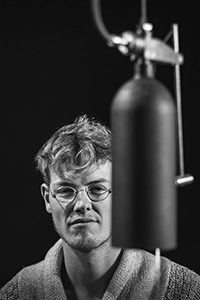Jesse Sanderson
Nowadays everything needs to be better, slicker and improved, this gets on Jesse’s nerves. His longing for simplicity derives from Calvinistic times of frugality, thrift and perseverance. Nostalgia enables him to take a step back in our ‘fast forward’ world. By applying traditional craftsmanship and expressing his personal view, Sanderson designs intelligent yet simple hearted objects. Jesse designed the Altar table, Memento chair, Kodak chair and the Burned Chunk.
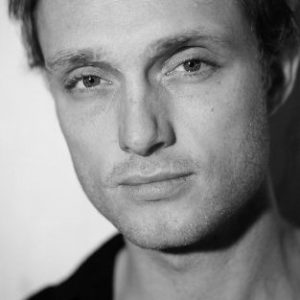
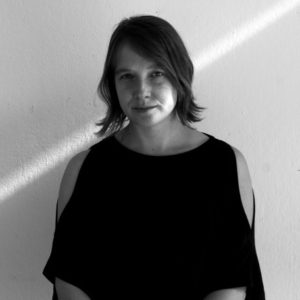
Catie Newell & Wes McGee
Catie Newell is known for taking unexpected turns, in her career and in her work. She seeks to make the familiar unfamiliar, and the material process of fabrication is a vital act in her work. Her installations have unpredictable effects on their surroundings, intervening to highlight what is often left unseen. Exhale, undertaken in partnership with Wes McGee creates deep physical resonance between strength, fragility, and the fleeting breath that brings them together. Catie & Wes designed the Exhale light.
Wim Verzantvoort
'We enjoy seas of freedom compared to the generations before us. As an adult, you hold only a fraction of the creative ability to think freely, compared to your childhood. In his designs, whether it's landscape architecture or product design, Wim breaks free from nurtured limitations and creates most unexpected combinations and forms. Wim designed the Burning Ego.
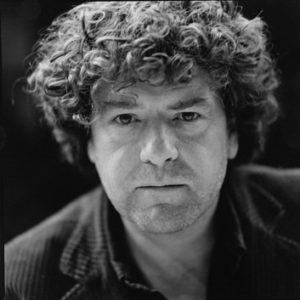

Miriam Knibbeler
In her work Knibbeler examines the space between soulless and soulful, banality and mystery. In the definability of her sculptures, she tries to find the undefinable. This way she questions the mystery of life and death. Miriam Knibbeler mainly models human and animal figures of wax. Although the figures look very lifelike, partly due to the material, they deviate in terms of size and proportion from reality. The alienation that causes this lifts the beings above reality. It makes them ghost and fairytale at the same time. Miriam Knibbeler designed the OTOS.
Chiel Kuijl
The architectural projects of Chiel Kuijl consist of mainly rope and space constructed over land, water and in the air. The same inspiration and technique is applied on the Floating Divan. Kuijl includes swings and floating divans in his installations to involve human interaction.
'My work consists of connections in and around space. My search is about space. Space is the big nothingness that we can feel around us but that only becomes visible when something is actually taking up space.'
Chiel Kuijl designed the Floating Divan.

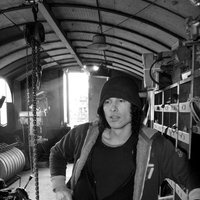
Roland de Mul
Roland de Mul is an intuitive artist. Most of his designs start as an idea in his head; the chosen material completes the last part of the puzzle. Sometimes it’s the material and its possibilities that lead to an idea or design. His objects have character, are quite bold and masculine. Because of this intuitive designing process, the amount of objects is limited. "if fantasy could be reality, maybe reality is a fantasy and design an illusion". Roland de Mul designed the Sublight.
Akko Goldenbeld
Goldenbeld remembers watching his father work with large machinery during his childhood. That impression quickly changed into a fascination for metals. He prefers weathered materials because they have a unique look that is hard to reproduce. Goldenbeld always integrates sound in his design in an unexpected way. His intuitive way of designing is similar to how he composes music. By experimenting and improvising, Goldenbeld slowly discovers the best approach, which often leads to pleasant surprises. Akko Goldenbeld designed the Bellamp .
